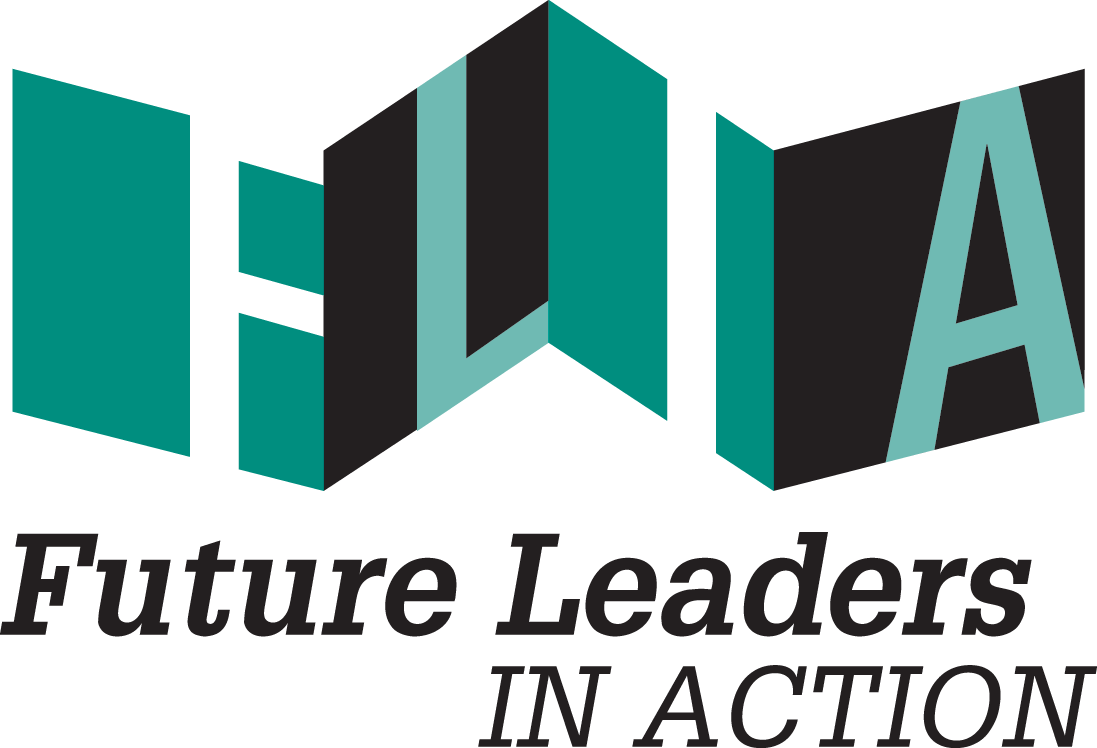Throughout this summer, I have been working on researching, creating, administering, and analyzing a social-emotional learning (SEL) assessment for first and second grade members of Boys & Girls Clubs of the Portland Metropolitan Area (BGCP). This survey will act as a tool to assess the organization’s impact on the social-emotional development of the organization’s youngest members. In this article, I’ll give a brief overview of SEL and its importance to BGCP.
What is SEL and Why Does it Matter?
SEL relates to five overarching skill-sets in the social and emotional development of youth and adults:
Self-management
Social awareness
Responsible decision-making
Relationship skills
Self-awareness
People who are able to develop these skill-sets are statistically more likely to lead happier and healthier lives. Research has shown that SEL programs lead to many different positive outcomes, including higher rates of academic success and lower rates of addiction.
ACEs and Trauma-Informed Care
During my fellowship at BGCP, I had the pleasure of working closely with Lowena Kahana, the Director of Program Quality. I also received consultation from Rachel Schutz, the Director of Youth, Family, & Trauma Informed Services, and Kaitlin Skreen, the Director of Program Impact. Recently, the organization has been shifting their programming toward offering trauma-informed care (TIC) to every member who attends each of their seven Club sites. BGCP has identified that a high number of the youth they serve have been subject to adverse childhood experiences (ACEs), which often lead to physical and mental health risks later in life. The number one preventative of these risks is the presence of stable and caring adults in the lives of children who have been affected by ACEs, so BGCP’s shift into providing TIC is crucial to the communities they serve. Offering SEL curriculum is a pivotal component to trauma-informed care. Lowena is working hard throughout all seven of the Club sites to make sure staff are supported with the tools they need to deliver SEL curriculums. She made sure I had the opportunity to interact with members and speak with Club Directors and Youth and Family Service staff before I developed the SEL assessment. Because of this, I received valuable feedback from many different levels of the organization throughout the development and testing of the assessment. I also had the opportunity to attend staff trainings, so I understood the full scope of the organization’s background, mission, and values.
The SEL Assessment for first and second graders revealed some areas for improvement in BGCP’s administration of SEL programs. Although there was a small reduction in overall SEL skills of members organization-wide, we saw improvements in some areas. Moving forward, the ability to measure this will inform managing directors in which programs there needs to be more focus, such as social awareness and decision-making. Hopefully, this will become a useful tool that the organization will be able to utilize for many years to come as they navigate their implementation of TIC and SEL best practices.
Reflection
Over the course of my fellowship, I not only learned a ton about the importance of teaching kids how to develop their social-emotional skills, but I learned about the complexity of running an organization like Boys & Girls Clubs. Working with kids, especially those who come from low socio-economic status households and have a higher rate of exposure to ACEs, is tough work. Trauma-informed care is needed not only for the youth BGCP serves, but also the staff, which the organization is keenly aware of and working toward. I have no doubt that the changes the organization is making will lead to higher rates of staff retention, program quality improvements, and even better outcomes for the youth they serve.
Through this work, I have developed my understanding of what it takes to run an effective youth-serving organization. I have also developed my abilities for data collection and analysis, which I am incredibly excited to utilize more in the next phases of my career. I have one year left in my MBA program, then I will hopefully be able to continue serving youth through a strategic and equitable lens.


